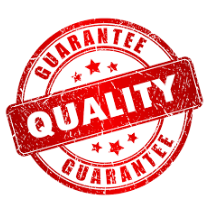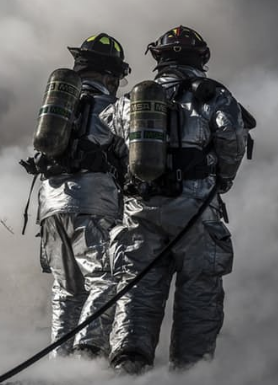WHAT 5 THINGS TO LOOK FOR WHEN CHOOSING A HEARING PROTECTION DEVICE VENDOR
Some of you may not know that when choosing a Hearing Protection Device (HPD) for your company, there is more than “a good product” to look for when selecting a hearing device for your workforce.
According to CCOHS & OHS-
People should wear a hearing protector if the noise or sound level at the workplace exceeds 85 decibels (A-weighted) or dB (A). Hearing protectors reduce the noise exposure level and the risk of hearing loss.
If hearing protection is required, then a complete Hearing Loss Prevention Program should be instituted. A Hearing Loss Prevention Program includes noise assessment, hearing protection selection, employee training and education, audiometric testing, maintenance, inspection, record keeping, and program evaluation.
The effectiveness of hearing protection is reduced greatly if the hearing protectors do not fit properly or if they are worn only part time during periods of noise exposure. To maintain their effectiveness, they should not be modified.
Remember, radio headsets are not substitutes for hearing protectors and should not be worn where hearing protectors are required to protect against exposure to noise.
When selecting a hearing protection provider, we have highlighted 5 elements to look for. This will directly impact during the process:
You should ask yourself of the following,
Does the Vendor:
- Meet the standard requirements?
- Highlight the quality of the product?
- Have Customer and After Sales service?
- Meet the comfort and wear requirements?
- Have a Warranty and Product Guarantee?
1. Standards and Requirements When Choosing HPD’s
USA Hearing Protection Standard
The standard most recognized in the US market is the American National Standards Institute (ANSI). The Hearing Protection Standards outline noise safety steps when noise cannot be sufficiently reduced through engineering. The Current Standard is ANSI/S12.6-2016; Methods for Measuring the Real-Ear Attenuation of Hearing Protectors. This standard specifies laboratory-based procedures for measuring, analyzing, and reporting the passive noise-reducing capabilities of hearing protectors. More Standards found here.
Canadian Hearing Protection Standard
The Canadian Standard Association (CSA) standard on Hearing Protection is the CSA Z94.2 – Hearing Protection Devices legislation. This new version of the standard meshes more closely with US approaches, recognizing the reality of how closely our two economies are entwined and provides more guidance to health and safety professionals needing reliable information on how to select hearing protection. It should become the new standard for due diligence in selecting and using hearing protection in Canada.
The Measurement Standards includes the following criteria:
- Attenuation – (difference of SLs (sensation levels)at the threshold with and without protectors)
- Comfort – No standard as of yet
- Insertion loss (not the same) ( the difference between levels inside and outside of the ATF-Acoustic Test Fixture).
2. Quality of Product
When it comes to Hearing Protection Devices there are ample products out in the market that range from ear muffs, disposables to custom hearing protection. However, when it comes to quality it is important to look at two elements; 1. adequate protection and 2. communication safety. When it comes to hearing protection, not all devices are created equally.
disposables to custom hearing protection. However, when it comes to quality it is important to look at two elements; 1. adequate protection and 2. communication safety. When it comes to hearing protection, not all devices are created equally.
Just like one size fits all work boots are probably not the best choice, neither is one size fits all hearing protection. Every human ear is unique in size, shape, and depth. Therefore it makes sense that for hearing protection to be the most effective, as well as the most comfortable, it must be custom fit.
Knowing the fitting process helps determine the adequacy of the product. For Custom Protect Hearing, the fitting process usually takes about 10 minutes and typically begins with one of their highly trained and certified experts visiting the customer’s plant or workplace in order to do the fitting on-site.
To begin, the ear is inspected to make sure it is safe to take an impression.
Then an oto-dam is placed inside the ear to protect the eardrum. Impression material is prepared and carefully injected into the client’s ear (up to the depth of the oto-dam). The material hardens quickly, and moments later, the impression is gently removed. The impression creates an exact replica of the wearer’s ear canal and outer ear.
This ensures the custom hearing protector seals the ear both in the canal and around the ear.
And for interpersonal communication purposes, the proprietary frequency tuned filter allows communication without removing the HPD. People can communicate in noise more effectively while wearing their dB Blocker™ hearing protection, than if they were to remove them. Your Hearing Loss Prevention Program will not interfere with productivity, rather it will enhance it. This process uses a custom hearing device called the dB Blocker™.
3. Customer and After Service
When it comes to customer service – it is important to be able to speak with someone who can answer all your questions and eliminate roadblocks. Having a live person you can connect with is important to the HPD buying experience. Besides going through the actual sales process some things you can check out on the company are:
- What are their Corporate Values?
- What is the process to handle Product Replacements and Returns?
- Is there a 1-800 number you can call?
- Are there forms you can fill out to order additional hpd’s on their website?
4. Comfort & Wear
It is always good to look for guarantees for Fit and Comfort. When it comes to
custom HPD’s, fit and comfort are crucial to the wearer’s experience. Is there any type of FIT Warranty that allows for the individual to ensure the earpiece fits and seals properly? A FIT Warranty (guaranteeing comfort and wear) is particularly important to a Hearing Loss Prevention Program as it is one of the things that ensures compliance and that the individual will wear the HPD, thereby decreasing any type of liability or workplace harm.
5. Warranty & Product Guarantee
Purchasing HPD’s are an investment in your employee’s health and safety, so it is important that you get the customer service and after care service with your investment. A few things to look for:
- How many years is the product warranted for?
- Generally, custom HPD’s have a 1-3 year material warranty from the date of manufacture. Does it cover any tearing, cracking, or splitting of one or both earpieces?
- The warranty claim process should be easy. Ideally, when dealing with a warranty issue – you should be able to call and deal with a real person who can walk you through the claim process.
By going through these 5 steps when selecting an HPD manufacturer, it will make your life easier, and remove any concerns when it comes to protecting your employees hearing.
To learn more about selecting an HPD vendor please contact us, and one of our representatives will be able to answer all of your questions.



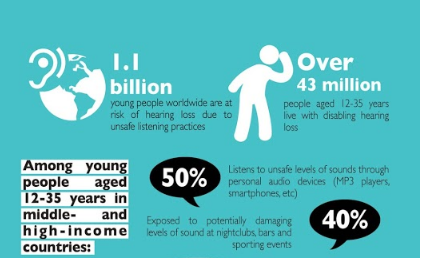
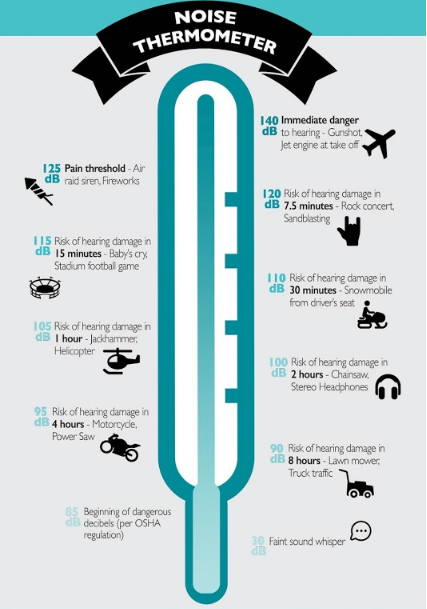
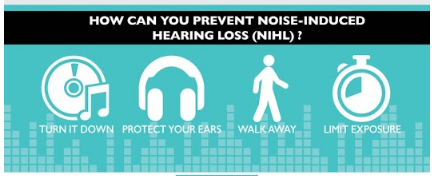
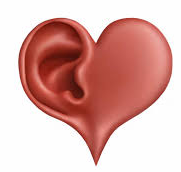 (Boomers, X&Y) have not done a very good job at preventing hearing loss until its too late.
(Boomers, X&Y) have not done a very good job at preventing hearing loss until its too late.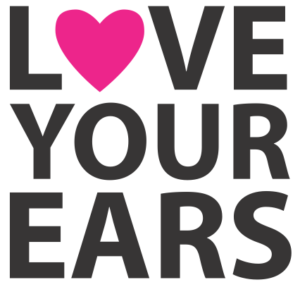
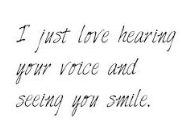

 Noise-induced hearing loss (NIHL) is increasingly becoming a problem, especially for people aged 12 to 35. With the growing popularity of personal listening devices, taking steps to protect your hearing has never been more important. Take steps to ensure that you are listening at an appropriate volume, and use earplugs in heavily noise-polluted environments such as sports venues, hunting, shooting, concerts, or other events and activities that are loud. As little as 10 seconds at a loud stadium or concert can cause permanent hearing damage. Learn More about Hearing Protection.
Noise-induced hearing loss (NIHL) is increasingly becoming a problem, especially for people aged 12 to 35. With the growing popularity of personal listening devices, taking steps to protect your hearing has never been more important. Take steps to ensure that you are listening at an appropriate volume, and use earplugs in heavily noise-polluted environments such as sports venues, hunting, shooting, concerts, or other events and activities that are loud. As little as 10 seconds at a loud stadium or concert can cause permanent hearing damage. Learn More about Hearing Protection.
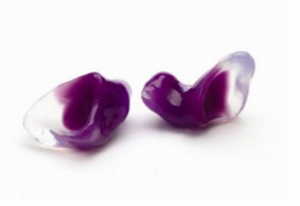
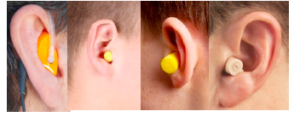
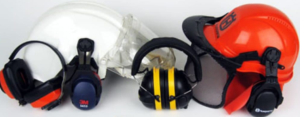
 include: widened market potential, compliance to procurement tenders, improved efficiency and cost savings, higher level of customer service, and therefore satisfaction, and heightened staff moral and motivation.
include: widened market potential, compliance to procurement tenders, improved efficiency and cost savings, higher level of customer service, and therefore satisfaction, and heightened staff moral and motivation.